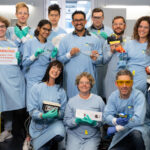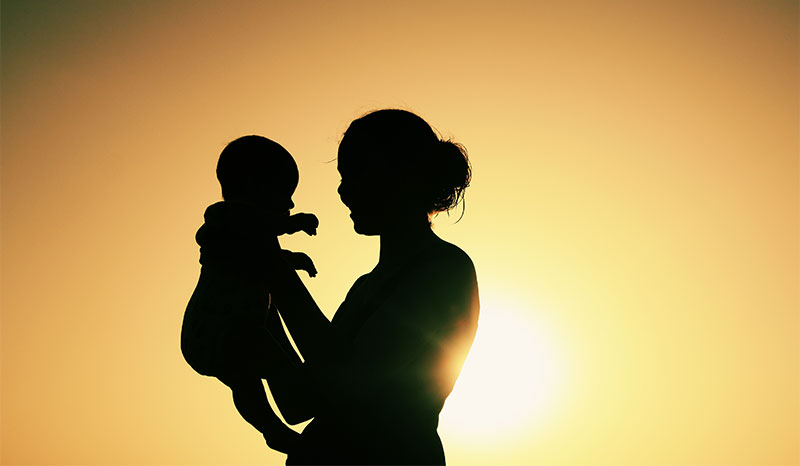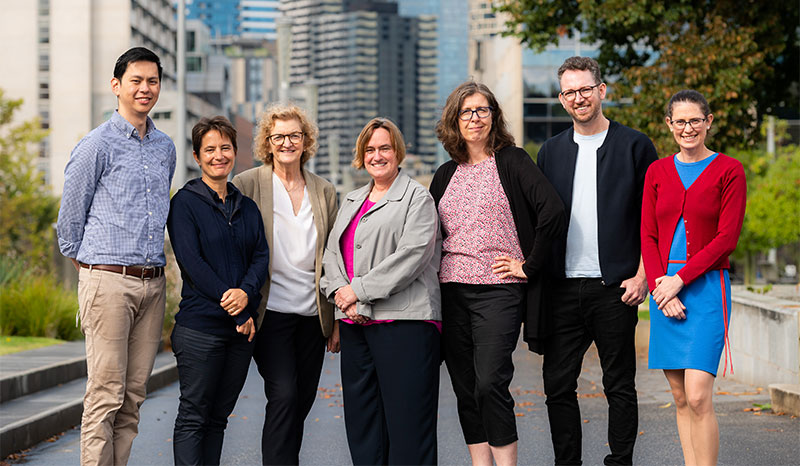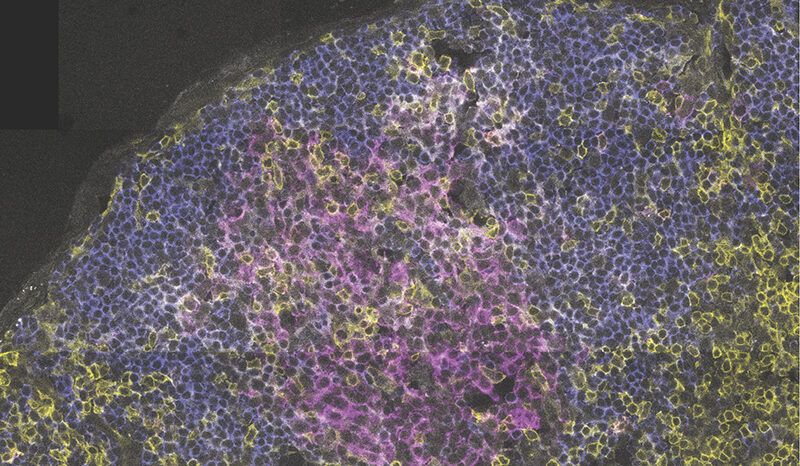Hepatitis B is a liver disease caused by infection with the hepatitis B virus. In the short term this causes liver inflammation, which can cause illness and is occasionally fatal.
In most people, this ‘acute’ infection can be controlled within several months. This means the virus is no longer reproducing within the liver, and the person is no longer infectious.
In some people, the hepatitis B virus continues to grow within their liver cells. This is called a chronic infection. It can cause cirrhosis, a scarring of the liver that impairs its function.
Both acute and chronic hepatitis B infections put people at risk of developing liver cancer. The presence of the viral genome within liver cells can increase the chances that the liver cells develop genetic changes, allowing cancer development.
People who are at greater risk of developing chronic hepatitis B after initial infection include:
- Infants and young children.
- People with impaired immunity such as people infected with HIV.
One-third of the world’s population has been infected with hepatitis B virus. The virus is carried as a chronic infection by 250 million people, including more than 230,000 Australians. Chronic hepatitis B infection is more prevalent in Aboriginal and Torres Strait Islander Australians than the wider population.
More than 880,000 people die each year from the consequences of hepatitis B infection. The prevalence of hepatitis B virus globally contributes to liver cancer being one of the leading causes of cancer-related deaths. In Australia, the number of deaths from liver cancer is increasing faster than deaths from any other cancer.









